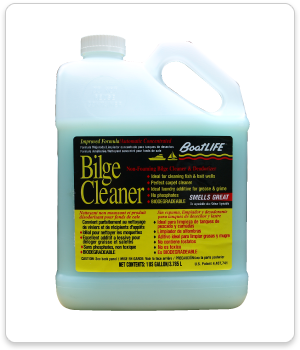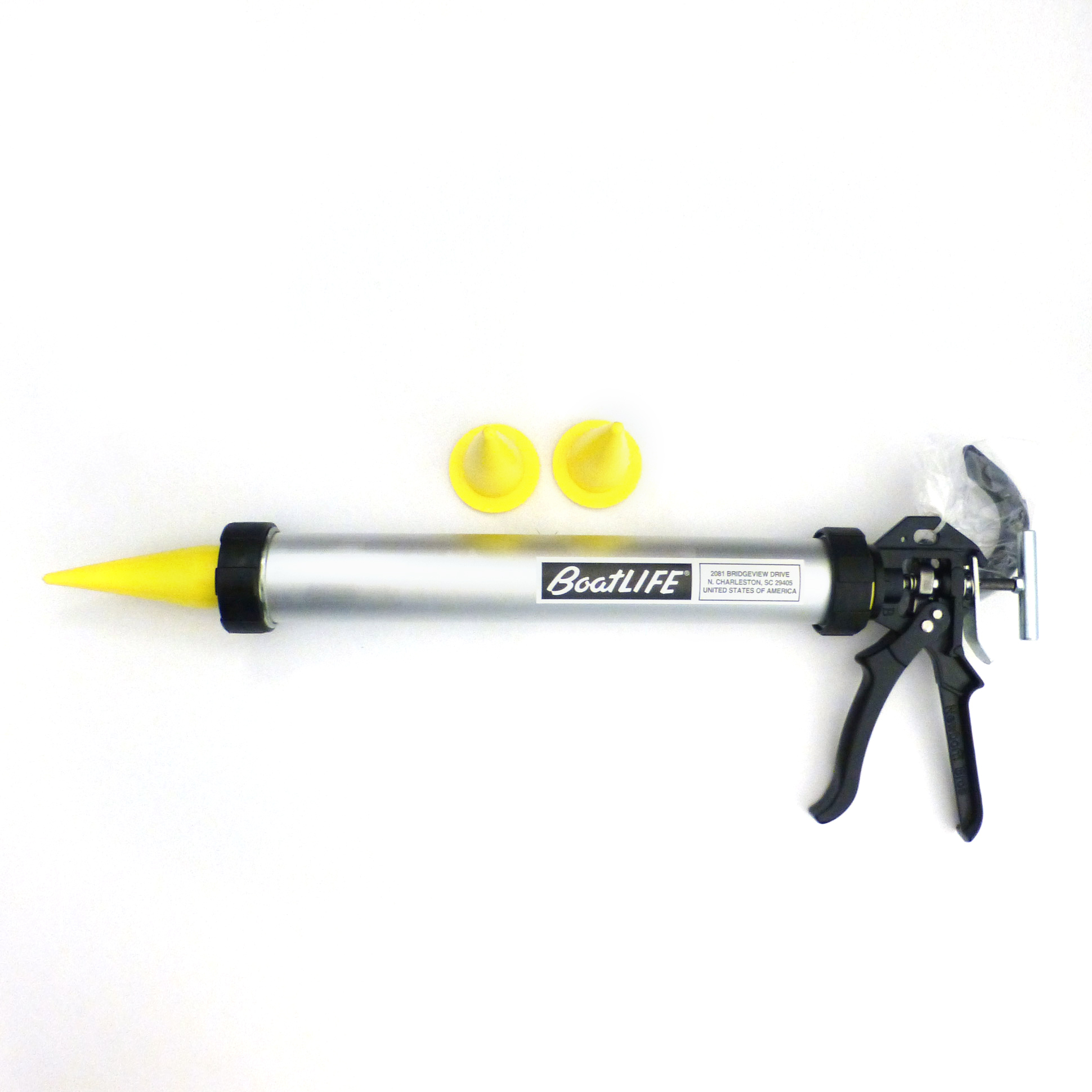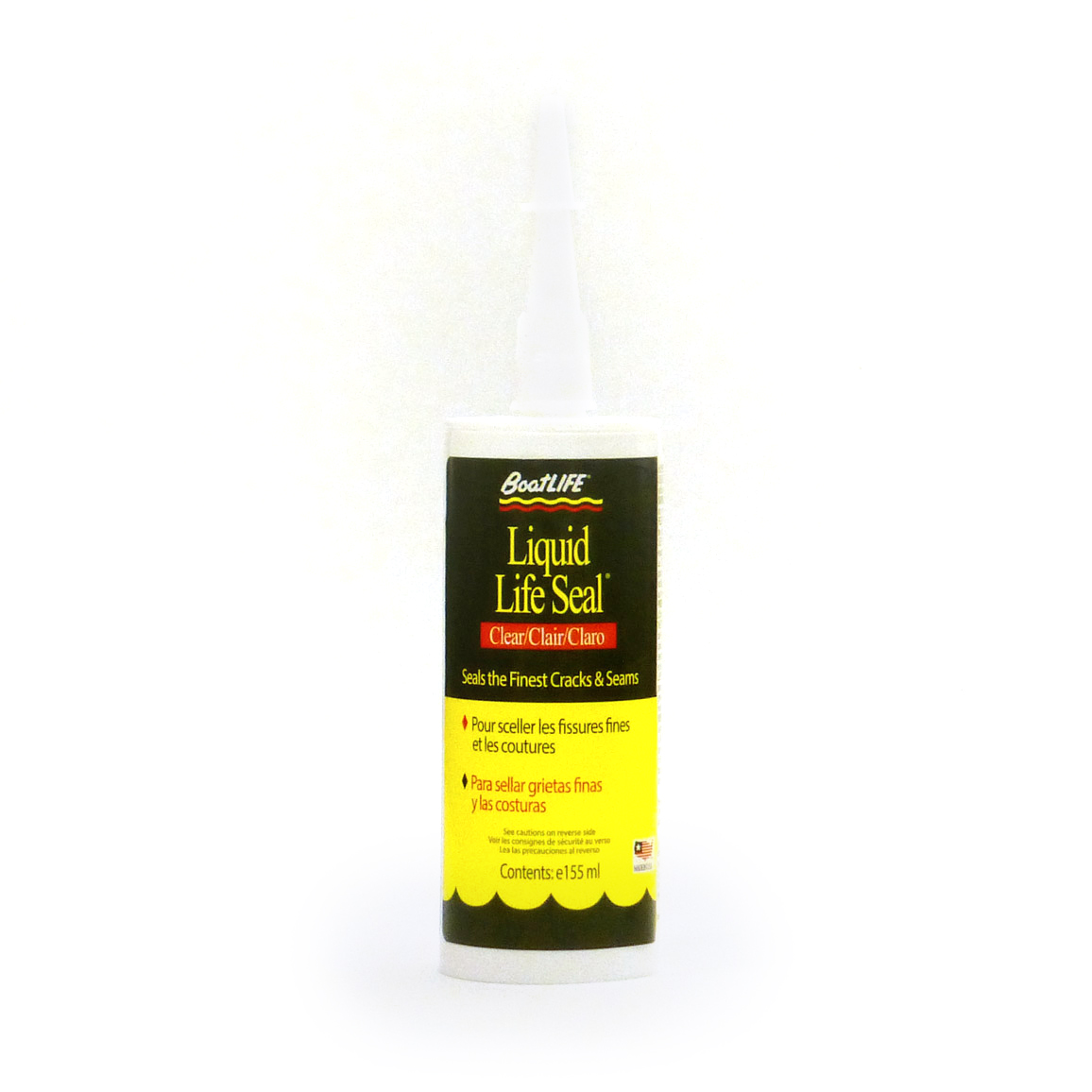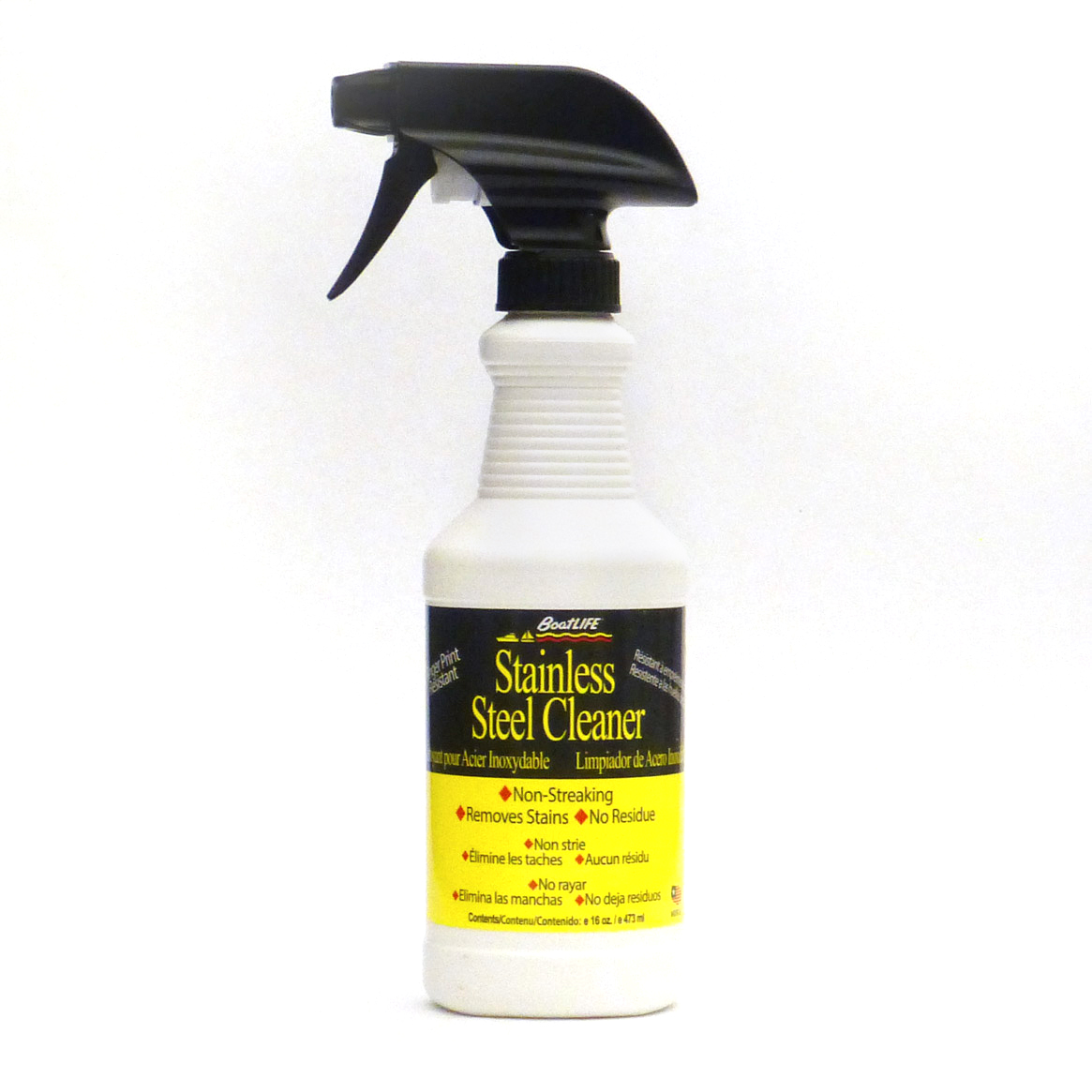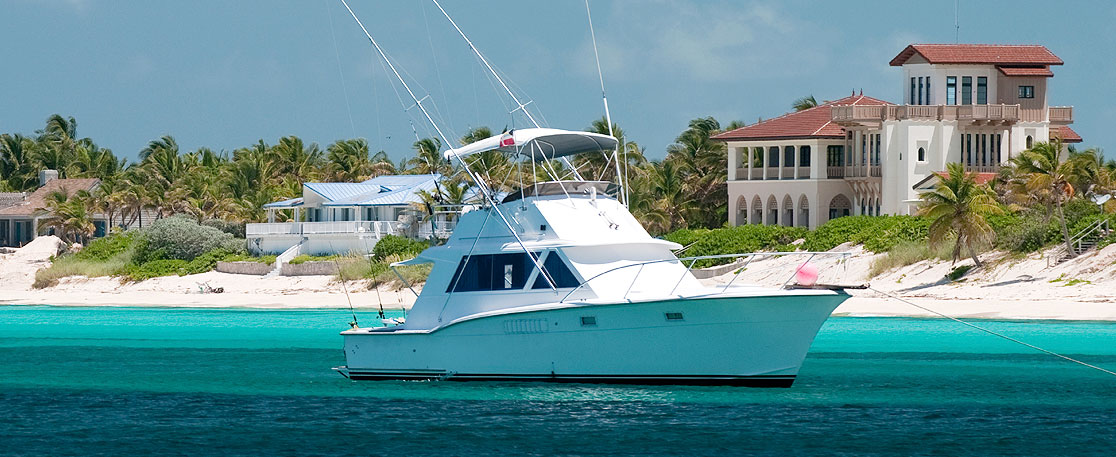
An effective bilge pump is essential if you’re going to keep
your boat in pristine condition. If you have a faulty bilge pump that’s not
pumping out old water effectively, it may be time for total replacement. To
help, we’ve put together this brief guide on how to install a bilge pump on your
boat!
Preparation to Install A Bilge Pump on Your Boat
Before we get started, here are a few things you’ll need to
know:
- Clean
& Dry. After you’ve taken the time to clean out the area with an
effective boat bilge
cleaner, you should place your boat somewhere dry, where you can start your
work. - Mark the
water line of your boat. This will come in handy later when you place the
discharge for the bilge system. - Pre-measure
the length of hose you’ll need so you can feed the proper amount without
any excess or bending.
Mounting the Bilge
Pump
Bilge pumps have to be fastened to the boat to ensure they
don’t separate and begin pumping air instead of water, which can cause damage.
Generally, you’ll want to use some sort of bracket or base to avoid drilling
into the hull directly. If you’re buying a kit, make sure to follow the
instructions for the bilge pump base. If there are screws that come with the
kit, coat these with duralac if you have an aluminum boat, as this will help
prevent corrosion. Make sure that you also fasten the float switch as per the
instructions.
Connecting the Hoses
The configuration of your hoses may seem trivial, but it is essential to a proper install of a bilge pump on your boat and the overall efficiency of your bilge pumping system.
You’ll want smooth hoses with as little bending and running as possible. The
straighter you can get the hoses to work and dispense the water outside, the
better. Try to avoid using corrugated hoses here, as these can sometimes get in
the way of proper water flow even if you do have a straight hose system.
However, don’t let your commitment to a straight hose force
you to run it through vital components on your boat, either. Do your best for
optimal efficiency and safety.
Typically, this will mean trying a configuration with the hose before you
install it on the pump.
Proper Discharge
Fitting
With your water line marked during your preparation phase,
you’ll have no trouble ensuring that the bilge pump discharge comes from above
the water line. You don’t want your system to bring in water during surges and
waves, so it’s important to give your discharge enough space that it remains
consistently above water. Don’t let the fitting of the discharge go below the
water line.
Keep in mind that your approach to the discharge fitting of your boat will depend greatly on the boat’s materials. In many cases, you will be replacing an existing bilge pump, so your boat will already have a discharge system in place. If this is the case, you can simply fit your new pump to the existing discharge hole.
Keeping Your Boat
Properly Pumped
When you properly install a bilge pump on your boat, it will help keep your boat
clean, drained, and seaworthy. It might seem like a lengthy process to figure
out each step as it applies to your specific boat, but the results will be
worth it. To make sure it stays that way, inspect the bilge area every so often
and don’t forget to maintain your bilge with quality Boat Bilge Cleaner from
BoatLIFE.

